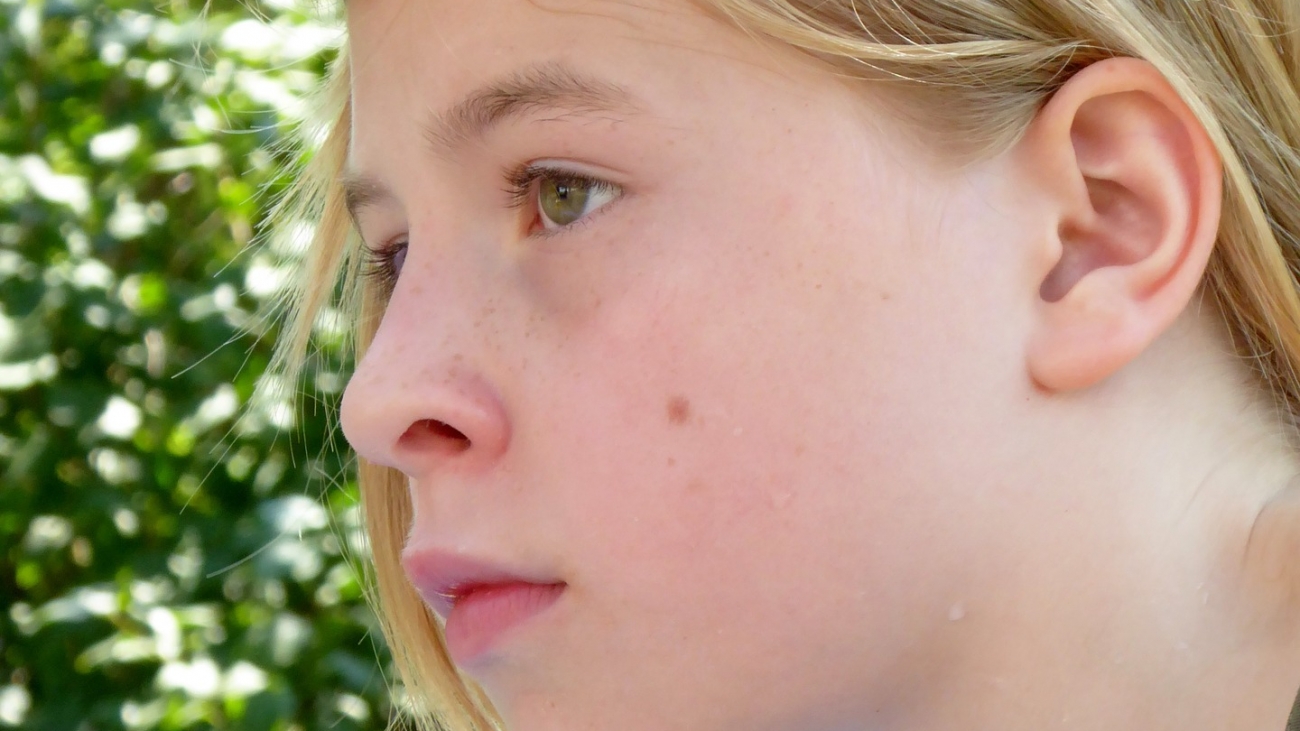Health
Sun Spot or Skin Cancer: Understand the Difference

Our skins are the first line of protection against mechanical impact and pressure, temperature variations, harmful microorganisms, radiation, and chemicals. It is no surprise, therefore, that we get lots of bumps, bruises, sun spots, liver spots, cysts, moles, and freckles. But it is important to know whether these marks are a harmless sun spot or skin cancer.
Mistaking a cancerous mole for a sun spot may lead to skin cancer spreading significantly in your body. Late diagnosis of skin cancer can lead to the needless death of the patients because it is easier to treat cancer in its early stage. Read on for some tips that will help you differentiate sun spots from skin cancer. We will also discuss the best ways to prevent skin cancer.
Know Your Risk Factors
If you are highly prone to get skin cancer then you should be warier of any moles that appear on your skin. Any of the following conditions require that you perform regular skin checks and schedule screenings for any weird spots on your skin; a history of skin cancer in your family, fair skin, light-colored hair, numerous experiences with sunburns and several moles on your skin.
Sun Spot Or Skin Cancer? For Over 50’s
If you are above the age of 50, you will notice a lot of sun spots or liver spots on body parts that get sun exposure. These include your face, neck, and hands. These spots are harmless as they do not contain cancer, neither do they progress into cancerous moles. However, if you notice any abnormal changes on growths on any of these spots, see your doctor immediately for a checkup.
Use the ABCDE Method
Doctors recommend a simple method called ABCDE to check whether a mole is cancerous. First, check if the mole is asymmetrical. If one half of the mole is bigger than the other this is a cause for alarm. Second, check whether the borders of the mole are blurry, irregular, or uneven as this is a red flag that the mole could be cancerous. Thirdly, check if the mole has several colors as multicolored moles are another signal for skin cancer. Fourth, any mole that is great than 6mm in diameter should be checked out. Finally, if your mole keeps evolving with time, go see a doctor as this could be a sign of skin cancer.
Prevention Is Better Than Cure
Skin cancer is caused by UV rays from the sun damaging DNA cells on the skin. It is easier to prevent skin cancer than to treat it and the best way of prevention is to protect your skin from UV rays. There are some that think the sun doesn’t cause skin cancer like most believe. In fact, it is getting sunburnt in combination with an excess amount of omega 6 in the body which increases the risk of skin cancer.
Additionally, some sunscreens also contain a lot of toxic compounds that may increase your risk of cancer. Holistic healers suggest avoiding getting sunburnt by wearing protective clothing and not spending too long sunbathing. If you sunburn a lot, using a powerful CBD oil balm could help with the pain that usually accompanies a burn from the sun.
Key Takeaway
If you have a high risk of getting skin cancer then any abnormal moles on your skin should get check out by a doctor. To prevent skin cancer, it is important to protect yourself from sunburns by wearing natural sunscreen and protective clothing. Regularly check yourself for cancerous moles and arrange for annual checkups with your doctor to ensure that you do not have any cancerous growths on your skin.
For more information on cancer such as how to get rid of polyps naturally as well as holistic treatments for bladder cancer, do read the rest of our blog.
